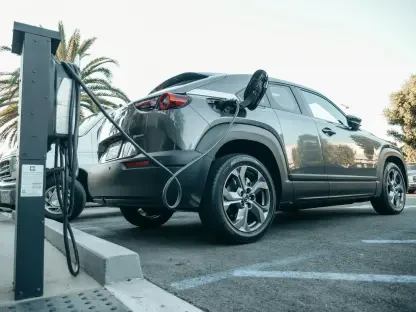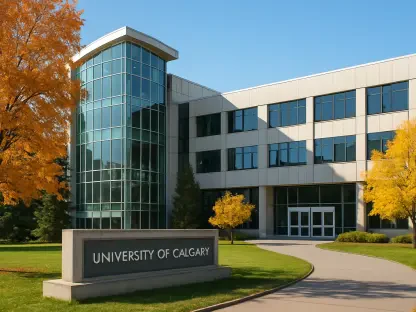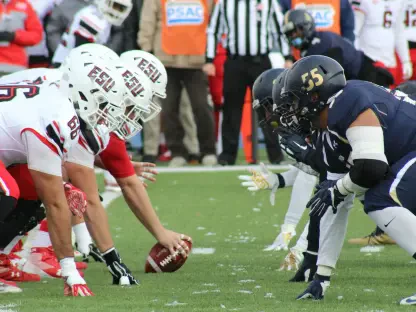As we dive into the challenges and opportunities facing Sonoma State University, I’m thrilled to sit down with Camille Faivre, a renowned expert in education management. With a deep focus on navigating higher education institutions through complex transitions, Camille has been instrumental in supporting universities in the post-pandemic era by developing innovative open and e-learning programs. Today, we’ll explore her insights on leadership transitions, enrollment strategies, financial recovery, and rebuilding trust within a campus community amidst turbulent times at Sonoma State.
Can you share your perspective on what makes a strong leader in a university setting, especially during a period of transition like the one at Sonoma State?
Absolutely. A strong leader in a university setting needs to blend vision with empathy, particularly during transitions. At a place like Sonoma State, where there’s been significant upheaval, a leader must prioritize clear communication and build consensus around a shared path forward. Drawing from my experience, I’ve seen that leaders who succeed in these moments are those who listen to the campus community—students, faculty, and staff—and integrate their concerns into strategic planning. It’s also critical to have a deep understanding of the system you’re working within, like the California State University framework, to navigate policies and resources effectively.
How do you think a new president can approach the steep enrollment declines Sonoma State is facing, which have dropped over 13% this past fall?
Enrollment declines are a complex puzzle, but they’re not insurmountable. A new president should start by analyzing data to understand where the drops are coming from—whether it’s specific demographics, regions, or programs—and then tailor outreach accordingly. I’d recommend a multi-pronged approach: strengthening ties with community colleges for transfer pipelines, engaging high schools in targeted areas, and leveraging digital platforms to reach non-traditional students. It’s also about creating a compelling narrative about why Sonoma State is the right choice, highlighting unique programs or campus culture to draw students back.
What strategies would you suggest for a university aiming to boost enrollment by 20% over the next five to seven years, as Sonoma State hopes to achieve?
Achieving a 20% enrollment increase is ambitious but doable with a focused strategy. First, I’d suggest investing in academic programs that align with workforce demands, like data science or healthcare, to attract students looking for career-ready skills. Second, build on early wins, like the increased applications from cities such as Oakland and Sacramento, by doubling down on marketing and recruitment in those areas. Finally, create flexible learning options—online or hybrid programs—that cater to adult learners or those balancing work and study. It’s about meeting students where they are and showing them a clear value proposition.
Turning to finances, Sonoma State faced a nearly $24 million deficit earlier this year. What are some key steps a leader can take to stabilize a university’s budget in such a crisis?
Financial stability starts with transparency and tough prioritization. A leader must conduct a thorough audit of spending to identify inefficiencies without compromising core academic missions. In my work, I’ve seen campuses benefit from diversifying revenue streams—think partnerships with local businesses for continuing education or expanding grant-funded research. Additionally, with a one-time state infusion like the $45 million Sonoma State received, it’s crucial to allocate funds strategically: invest in high-growth areas, reverse cuts that hurt morale, and build a reserve for future shocks. Long-term, it’s about balancing cost-cutting with investment in growth.
After deep cuts to staff, faculty, programs, and athletics, which sparked protests and a lawsuit at Sonoma State, how can a new leader rebuild trust with the campus community?
Rebuilding trust after such cuts is a delicate process. It starts with acknowledging the pain and disruption those decisions caused—honesty goes a long way. A new leader should hold open forums to hear directly from affected groups and involve them in decision-making moving forward. I’ve advised institutions to create task forces with diverse representation to tackle recovery plans, ensuring voices are heard. Also, with some cuts reversed due to state funding, clear and consistent communication about what’s being restored and why is essential to rebuild confidence.
How should a university balance the need for financial health with maintaining the quality of education and key services during challenging times?
Balancing financial health and quality education is a tightrope walk, but it’s possible with strategic focus. I believe the key is protecting the core academic experience—class sizes, faculty support, and student services—while finding savings in non-essential areas like administrative overhead. It’s also about innovation: can online tools reduce costs for certain courses without losing quality? Can shared services with other campuses cut expenses? The goal is to make cuts or changes that students and faculty don’t feel in their day-to-day experience, while still moving toward fiscal stability.
What is your forecast for the future of public universities like Sonoma State in addressing both enrollment and financial challenges over the next decade?
Looking ahead, I think public universities like Sonoma State will need to adapt to a rapidly changing landscape. Enrollment challenges will persist unless institutions pivot to meet the needs of a diverse, tech-savvy student population through flexible learning models and career-focused programs. Financially, I foresee a greater reliance on public-private partnerships and state advocacy to secure funding, alongside internal efforts to streamline operations. My forecast is cautiously optimistic: with adaptive leadership and a willingness to innovate, universities can turn these challenges into opportunities to redefine their role in higher education over the next decade.









